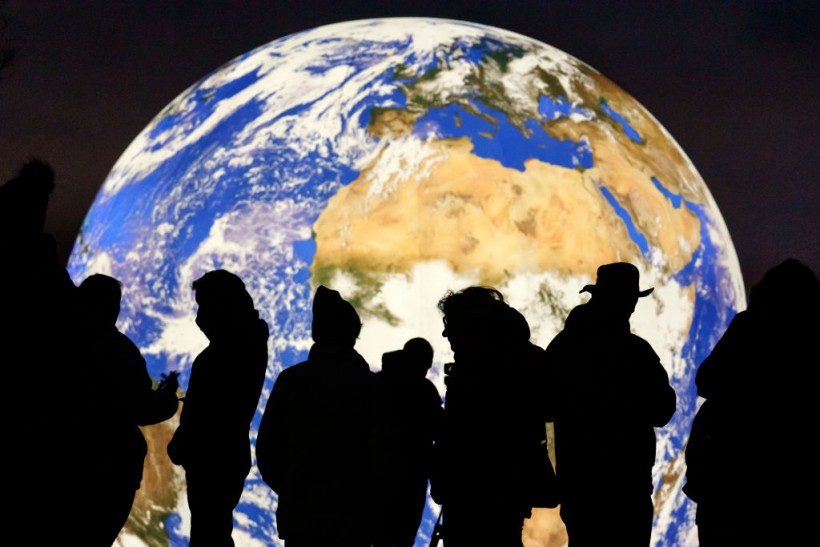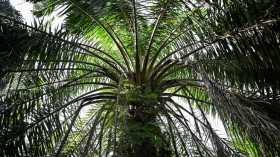A new report showed that superdeep diamonds can help understand the formation of supercontinent and deep tectonic processes, showing new insights into the ancient supercontinent Gondwana.
The formation can help understand the geological process and chemical signatures. The role of superdeep diamond deposits is to provide the deepest samples for the supercontinent cycle.
The research findings were published in the Nature journal. Researchers explained that the Sublithospheric diamonds in West Africa, Guinea and Brazil can offer new information about the formation.
Diamonds Show Insights into Supercontinent Formation

A photo of the Earth in Wigan, England. Researchers suggested that superdeep diamonds can offer new insights into the Supercontinent formation and the tectonic processes. The most important part of the study will unfold the geological formation of the Gondwana, observing the tectonic processes underneath. It will add more knowledge about the Earth's formation and continental history.
International researchers, with diamond specialists, worked together to analyze superdeep diamonds. The analysis and process would require accurate measurement techniques to understand better the supercontinent formation or cycle.
For instance, the supercontinent Gondwana is known for its ancient formation and mantle of rocks. The said supercontinent managed to assemble in the Late Precambrian period. Reports showed that it broke up about 180 million years ago, splitting into different areas of landmasses.
It formed at least 600 million years ago during the Neoproterozoic times, which is now Australia, India, the Middle East, South America and Africa.
The deposits of superdeep diamonds can explain the planet's deep ancient happenings. The diamonds can be found between 300 and 700 kilometres below the planet's surface.
The most important part of the study will unfold the geological formation of the Gondwana, observing the tectonic processes underneath. It will add more knowledge about the Earth's formation and continental history.
With advanced technology, researchers can determine the geological dates and ages. The sublithospheric diamonds will help analyze the deepest sample from the planet.
The researchers who conducted the study are from the following
- University of Alberta
- Carnegie Institution for Science
- University of Bern
- University of Padua
- University of Bristol
- Diamond specialists from Vrije Universiteit Amsterdam.
Studying Earth: Why Does It Matter?
From rocks, fossils and other materials, experts have been studying Earth's early existence. The fossils helped to understand the behavior of extinct species, including dinosaurs. Reports explained that earth science would help to understand the past and connect in today's decisions.
There are still many species unknown to science. Studying the planet's species is crucial to prevent them from the brink of extinction and offer new conservation efforts.
In addition, the rocks and fossils are vital to developing equipment to analyze extreme weather and natural disasters, from hurricanes, volcanic eruptions, tsunamis and earthquakes.
The Earth's climate is also affected. Global warming and climate change can intensify heatwaves and other climate problems, affecting both animals and humans.
Understanding the processes and phenomena on Earth will prevent geologic hazards, making them safer for countries and communities.
Related Article: Glacier Movement Causes Small Seismic Tremors in Washington's Volcanoes, Report Shows
For more similar stories, don't forget to follow Nature World News.
© 2024 NatureWorldNews.com All rights reserved. Do not reproduce without permission.





